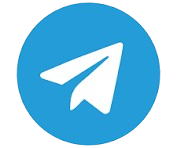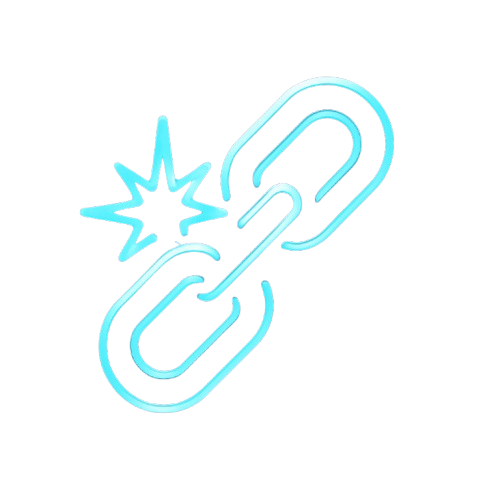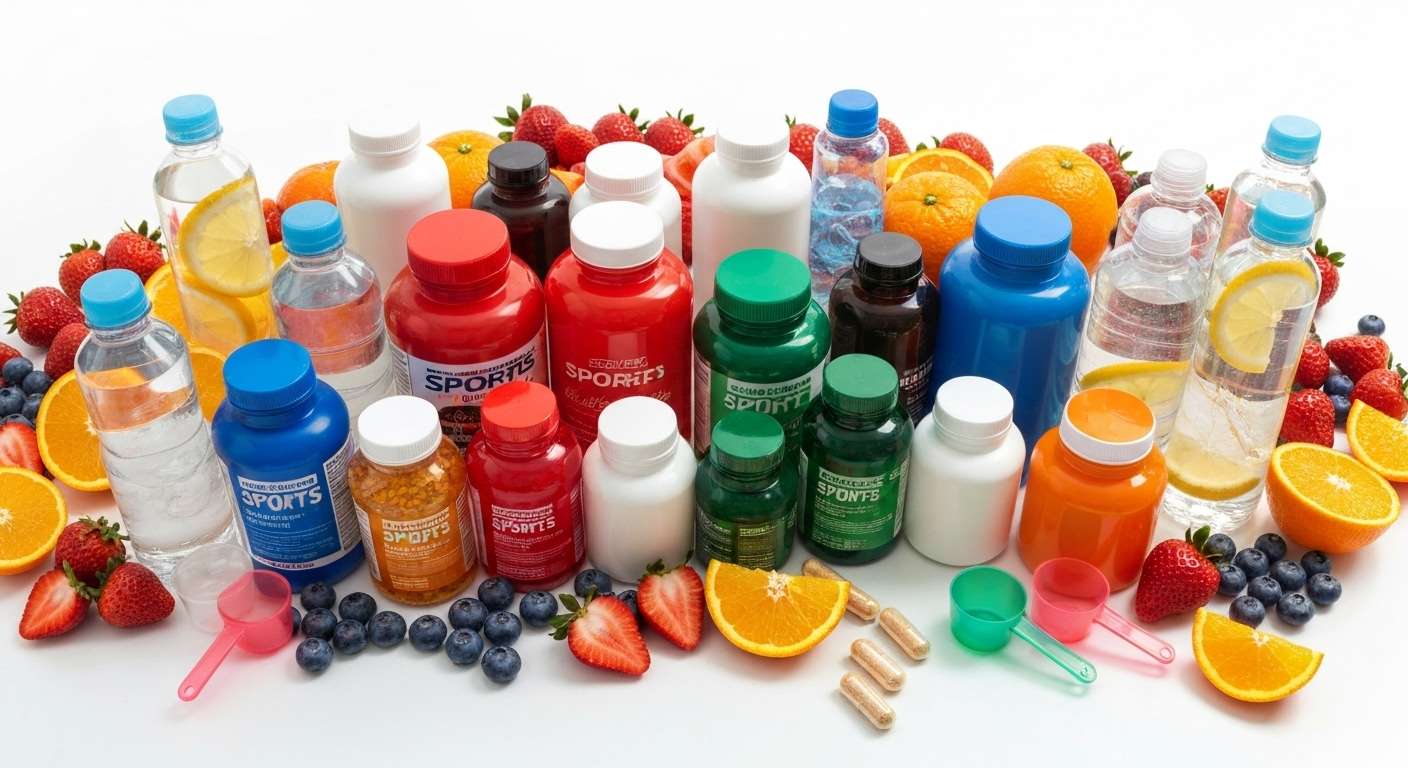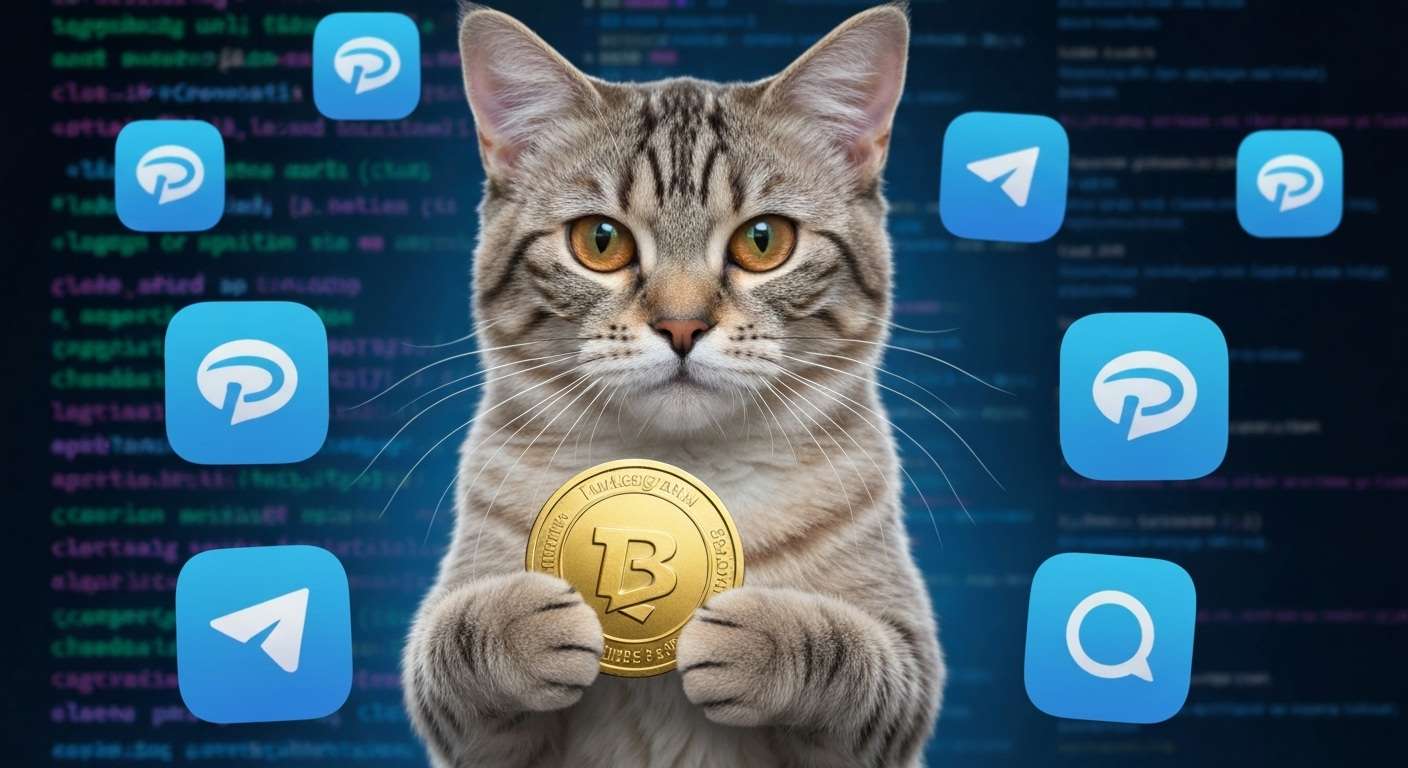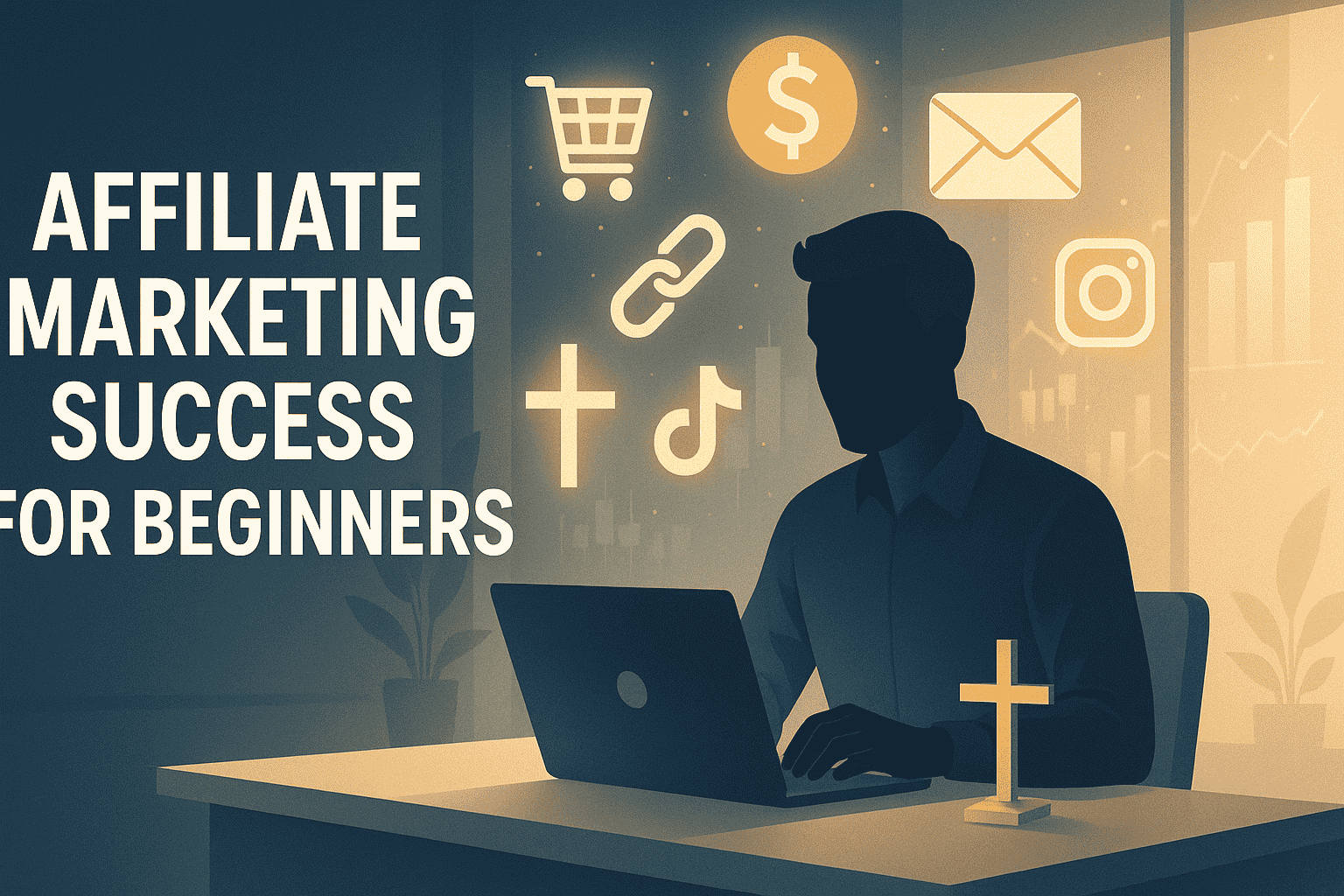Table of Contents
- Key Highlights 🔑
- Introduction 📘
- What is Google Opal and Why Is It Making Waves? 🌊
- Key Features and Capabilities of the Opal Platform 🔧
- Beginner’s Guide to Building Your First AI Mini-App with Opal 📖
- Real-World Use Case: Creating a Weather Summary and Email App for Lagos 🌤️
- Limitations and Considerations When Using Opal ⚠️
- Community Insights and User Feedback on Opal 💬
- The Future of Opal: What’s Next on the Roadmap? 🔮
- Conclusion 🏁
- Frequently Asked Questions ❓
Key Highlights 🔑
- Google Opal is a new tool from Google Labs. It helps people do software development fast ⚡ and easy, all by using natural language. You do not need to know any coding to use this AI mini-app builder.
- The platform has a special “Describe → Create → Share” way to work. This helps users make, design 🌟, and share AI mini-apps. It gives the power to do all this with no programming knowledge needed.
- With Opal’s visual editor and some built-in ways to connect things, it gets simple to make and change workflows. You get a hands-on feel 👌 that is like vibe coding, but easier for many people.
- Right now, Opal is in public beta, so only users in the US can use it. There are still some limits 🚧, like where you can get it, how clearly it works, and rules around how it should be used.
- A lot of developers and people who love building apps talk about it online, on forums and Reddit. They talk about what the tool is good at 💬, some things that might be risky, and how best to use it.
- Businesses are thinking about what Opal means for security 🔒 and following rules, especially as Google talks about making it grow bigger and adding new functionalities to their app.
Introduction 📘
The world of software development is changing 🔄 because of generative ai and artificial intelligence. These tools, like the ones you get from Google, make coding simple. Google has a test platform called Opal. It is a big part of how ai is making things different. With Opal, you can make, change 🛠️, and share quick ai apps. You just tell it your ideas in plain language, and it will help you build what you want.
Opal uses Google’s generative AI models and a visual workflow editor. This mix makes it easy for all kinds of people. It does not matter if you are good at coding or if you are new to this. The process is simple for everyone. You can bring your idea, and with the visual workflow and generative AI, you will turn it into software in just a few minutes ⏱️. This way, anyone can use the workflow tools and AI without knowing much about coding.
What is Google Opal and Why Is It Making Waves? 🌊

Google Opal is now out in public beta on Google Labs. This is a new platform from Google that helps you build mini apps with AI. You use simple English and do not have to know how to code by hand. With Opal, what you say gets turned right away into working steps you can see. All this is based on vibe coding and could change the way people get new projects done fast with generative AI 🤖.
Opal is getting a lot of attention. The big reason is that it is easy to use. When you use the AI models from Google, Opal can help many people. People like hobbyists, entrepreneurs, and software engineers can make, test, and share small apps fast. AI researcher Andrej Karpathy said with this tool, you "forget that the code even exists." This helps you to spend more time looking for answers and using your creativity 💡.
The origins and release of Opal by Google Labs 📅
Opal first started in early 2025 from Google Labs. There was a lot of excitement then about no-code tools and ai. Google announced Opal as an experimental platform. At first, the public beta was only open to people in the United States. The main goal was to see how easy it could be for people to use natural language powered by generative ai to make mini-apps.
Opal started with the "vibe coding" idea. The computer scientist Andrej Karpathy made the term more popular in February 2025. Vibe coding means you do not do the hard work by yourself. You use natural language to tell the AI what you want to make. Then, it does the coding for you. A lot of people who use Opal think this way when they code.
From the start, people in tech and regular users saw Opal and talked about it. They put it next to other tools like Canva, Figma, and Replit. Ivan Mehta from TechCrunch said, "Opal lets you make small web apps with text prompts, or you can mix and change the apps in a gallery." You can use Opal to make and fix apps quickly. This is why Opal stands out in the new things from google labs by google.
Opal’s role in the rise of vibe coding and no-code AI apps 📈
The rise of "vibe coding" is changing software engineering in a big way. With generative ai, you can use simple, everyday words to create working code. Opal is an important tool in this vibe coding way of working. You guide the ai with easy, back-and-forth prompts. In this way, you can describe, change, and test your app without needing much complex coding. This new vibe uses ai and starts to take people from hard coding into a good, new way to build apps 🔄.
When people talk about vibe coding, like Karpathy does, they mean you should try things out and see what works best. This way, you do not need to make everything perfect at the start. You can focus on what your app needs and how to set up the workflow. There is less time spent fixing hard code and confusing errors.
Opal is a good example of this vibe. It uses a visual workflow editor. In this editor, you can see each step as a picture. These steps show input, model call, and change. This makes coding feel easier and helps you see your workflow better. The vibe of trying new ideas, using a visual workflow, and just seeing where your app can go is a big part of vibe coding.
This way of coding is good if you want to do throwaway weekend projects or need rapid prototyping. You can try out your ideas fast and by yourself. You do not need a big team to get started. More people now use vibe coding in bigger projects too. They like to use the speed it gives for changes, but also check and manage the work well. This helps to keep the project on track and make it work for everyone. The vibe of this coding style is new, but some professionals now use it for their own ways.
Key Features and Capabilities of the Opal Platform 🔧
 Opal is a good platform if you want to build ai mini-apps in an easy and visual way. The platform gives you a visual editor for your workflow. You can set up your app by simply dragging and dropping different steps like data input, model actions, and output. You do not have to write a single line of code. Opal also gives you tools and has several integrations. It supports rapid prototyping. This makes it a good pick for people who want to try out new ideas and share them quickly with others 🌐.
Opal is a good platform if you want to build ai mini-apps in an easy and visual way. The platform gives you a visual editor for your workflow. You can set up your app by simply dragging and dropping different steps like data input, model actions, and output. You do not have to write a single line of code. Opal also gives you tools and has several integrations. It supports rapid prototyping. This makes it a good pick for people who want to try out new ideas and share them quickly with others 🌐.
Opal is unique because it can change easily. You can use it to build an app from the start. It also lets you change a template or even mix someone else's work into your way. You are always in control of your app's logic with just drag-and-drop. You also get easy talk-back features that help with your ai workflow.
Visual editor, built-in tools, and integrations explained 🖼️
The visual editor in Opal helps you build an app in a way that is simple and clear. You can start on a blank page or pick a template. After that, you can add, remove, or move the steps in your workflow. Each step, such as an API call, a machine learning action, or a change to your data, shows up as a node on the workflow. You can click on any node to change it the way you want.
Key features include:
- Plain Language Design: You talk about your app idea or tell what you want to change using plain language ✍️. Opal will make or update the workflow for you.
- Editor Panel: Here, you check, change, or add steps. You can add things like user input forms, model calls, ai features, or set up how the output will look.
- Integrations: Opal works with other APIs and services, so your app can do more 🔗.
This way, you can change things fast and often. It helps people who are new to making an app, and it also lets experts work quickly. You can use machine learning, plain language, the visual editor, model calls, ai, and workflows in your app with ease.
Comparing Opal to other AI mini-app development platforms ⚖️
When you look at Opal and compare it with other AI tools for building mini-apps, you can see some key differences. Google AI Studio, for example, helps you make apps from text prompts. But it mainly works with just one prompt at a time and is more about setting up that single prompt. Figma and Canva focus more on design tasks and not so much on making work processes run on their own. Replit is different because it helps people with coding.
Each app in this group uses ai, but they do it in their own way. Some, like Google AI Studio, center on single prompts, while others, like Figma and Canva, are more about design. And Replit stands out for its coding help. When you choose an app, think about if you want help with your workflow or coding, or if you need good design support.
The table below outlines key differences:
| Feature | Google Opal | Google AI Studio | Figma/Canva | Replit/GitHub Copilot |
|---|---|---|---|---|
| Coding Required | None (no-code) | None/Low-code | None (design only) | Low-code/AI-assisted |
| Visual Workflow | Yes (drag-and-drop) | Limited | No | No (code-centric) |
| App Type | Mini-apps, automations | Prototypes, simple apps | Design, prototyping | Code generation |
| Public Beta | Yes (US only) | Yes | Yes | Yes |
| AI Model Integration | Gemini, Google AI models | Gemini, Google AI models | N/A | OpenAI/Other LLMs |
| Collaboration/Sharing | Yes, via shareable links | Yes | Yes | Yes |
Opal’s best part is its easy-to-see and use workflow. You can quickly make and launch an AI app without needing to write code. This workflow helps people who know how to build software and those who do not. Opal has made it easy for all to join in and make their own AI app.
Beginner’s Guide to Building Your First AI Mini-App with Opal 📖
Taking your first steps with Opal is easy. This is true for everyone, whether you are new or have some know-how in software engineering. With generative ai and vibe coding, you can turn ideas into real things. Opal uses plain language, so you do not have to worry about hard words. The visual workflow editor helps you get work done without knowing coding rules. You can get started with only your creativity 💡 and a goal. You do not need anything else to begin making new things.
Want to know how it works? The next parts tell you what you need. They show you how to get in to Opal. You will also see each step in the workflow. The steps are Describe, Create, and Share.
What you need to get started (requirements and access) 🛡️
Starting your journey with opal means you have to take some simple steps for good software development. The first thing is to pick a code editor that you trust. A good code editor helps you write and check your source code fast and easy. When you also learn some quick ways for rapid prototyping, it helps you build working generative ai models faster. You will feel more at home working on ai projects when you practice these habits.
When you get to use Google Cloud, your workflow can get a lot better. You will have some great ai and machine learning tools from google. These tools help you do your job faster. If you join the public beta, you also get to use special features before most people. You can work with others who feel excited about ai and software development like you do.
Step-by-step process: Describe → Create → Share 📝
Opal’s main workflow has three easy steps. First, you describe what you need. Then, you create it. Last, you share what you made.
1. Describe: First, you tell in your own words what you want your mini-app to do. Talk about the steps the app should take, the ideas you have, or what you want the app to make happen.
2. Create: Opal listens to what you said and then builds a visual workflow for you. You can see every part of this workflow. With the editor, you get to change the steps, or switch up the logic if you want. You can also add new things to the app’s workflow in the editor.
3. Share: When your mini-app is ready, you put it online with a link that you can share or use yourself. Other people can use your Google account link to get to the app and try it out for themselves.
This way of working helps people do rapid prototyping of the app. They can also make the app better step by step. With only a few clicks, you can send your app to other people.
Real-World Use Case: Creating a Weather Summary and Email App for Lagos 🌤️
To show the app workflow in Opal, let me give you an example. We will create an app that gets the weather for Lagos each day. The app will write a short summary and send it by email. You can see how Opal can use APIs in this workflow. It can do things by itself and you do not have to write any code. This helps save you time because it is simple and you can see what is going on at every step.
You start by saying just what you need: "Build an app that gets Lagos weather in the morning, makes a summary, and sends the details to me by email every day." Opal will then set up the workflow for this. It connects to a weather API, gets the results, and uses email 📧 to send it to you.
Designing, connecting APIs, and automating daily email delivery 🔄
You can build this weather and email mini-app in Opal by breaking it down into a few main workflow steps:
- API Integration: In Opal’s visual editor, put in a weather API step. Set this up to get the Lagos weather update each day.
- Summarisation Logic: Add an ai-powered node. This will take the info from the API and turn it into a short, easy-to-read summary.
- Automation and Delivery: Add an email step. Choose who you want to send the daily email to and when you want it sent.
- Testing and Sharing: Check your workflow with a preview. Make changes if you need to. When it looks good, share your mini-app by sending a public link.
You do all these steps using Opal’s drag-and-drop interface. You do not need to write or work with any source code.
Limitations and Considerations When Using Opal ⚠️
Opal is a big step in making AI and software development easier for more people. But, there are some things that you need to know before you use it. Right now, this tool is just open to people in the US. That means if you are in another country, you can’t get it yet. It does not matter if you are a business or want to use it at home, you need to be aware of the risks. You should think about the way the code is shared or open, if any secret tools are used, and how generative ai can be hard to understand.
Before you use any mini-apps built with Opal for work or for many people, you need to check how you manage these apps. Look at how clear everything is in the app. You should also be sure to use good safety steps. You can read more about these problems below.
Geographic restrictions, “shadow IT” risks, and explainability issues 🌍
Opal does have some limits that you need to know about. Some of these are easy to see:
- Geographic Restrictions: For now, you can use Opal with Google Labs’ public beta only if you are in the US. If you are a developer not in the US, you will need to wait until they let more people in. This is one of the rules they have in place at this time.
- Shadow IT Risks: Opal helps people make and share an app, even if they do not go through the usual IT process. This means it can be hard for a business to know where the data goes or check if the app’s code is good. It also makes it hard for them to see how the app works in their system.
- Explainability Gaps: Like other generative ai tools, you might not always know why the workflow steps or model decisions happen the way they do. This brings up real issues if you must fix a problem, check your work, or follow some rules. This is a key thing to know if you use these ai tools like those from google or in the public beta from google labs.
These issues are most important for any organisation that wants to use Opal for more than just rapid prototyping or trying out new app ideas with AI from google labs’ public beta. If you are looking to create bigger projects, you need to focus on code quality and workflow. This will help you and your team get good results with google labs’ tools. Taking this care will make your app work well now and later, not just during one time of development.
Security, governance, and business usage concerns 🔒
For a business or when you have to do big tasks, the most important thing is to keep things safe and follow rules. There are some main things you need to look at:
- Source Code Access: Unlike old tools, Opal may not let you look at the source code. This can make it hard to check the code and know if it follows all the needed rules.
- Data Privacy: If you use Opal with outside APIs and email, there is a chance that your data or your organisation’s data could get out. This can happen if you do not set up the right safety steps.
- Governance: Since Opal is in public beta, the rules and the help you get might change. The features can also change at any time. Your team needs to be careful if they want to use it for important jobs.
- Audit Trails: When you make things using ai in a no-code way, it is hard for people to see what changes in the system. It can also be tough to know how it makes or edits its logic.
Before you start to use Opal for a lot of people, it is good for your group to read over its IT plans. Always follow the help or advice from Google to make sure things work well.
Community Insights and User Feedback on Opal 💬
The Opal community is getting bigger every day. Early users are already talking about what they find on developer forums and Reddit. A lot of people say that vibe coding is easy and fast. They feel that you don’t need to have a software engineering background to create an AI mini-app. Even if you are new, you can get going without too much trouble.
But there are a few things that people talk about that are not so good. Some users say there are bugs in the workflows. A few find that the visual editor is not easy to learn. As Opal changes over time, what people say in the community matters a lot. It can help others see the best way to use vibe coding. It also helps people find out if there is any info missing from the tutorials or help guides. This way, everyone can learn more about coding and how the vibe editor works.
Highlights from Reddit, developer forums, and user testimonials 📌
User feedback from Reddit and developer forums shows that people feel different ways about Opal.
- Positive Reactions: A lot of people like the way Opal looks and feels. There is someone on Reddit who said, “It’s the closest I’ve come to building something useful without ever touching a line of code.”
- Challenges: Some people feel lost when they try to fix problems in big workflow setups. There are times when ai adds steps that do not work the way you want.
- Requests for Templates: People want more templates to start with. A number of users ask for real-world examples. They look for help with things like API links or batch tasks.
- Business Hesitancy: A few IT workers feel worried about not having control. Some feel there is always a chance for invisible problems, like shadow IT, that people in the business will not know about.
- Learning Resources: There are a few guides out there for this. Still, people say they want more tutorials. A lot ask for step-by-step help so they can learn it well.
All these things help make Opal better. The team takes this feedback and uses it. There will be new updates to fit what people need.
Common challenges and best practices shared by early adopters 🛠️
Early users have shared some helpful tips about using ai from Google. They have also talked about some common problems people may run into when they try Opal ai by Google.
- Clarity is key: If you give a clear and detailed prompt, you will get much better results when Opal sets up the first workflow.
- Iterative Building: Build your workflow step by step. Try one thing at a time, then add more. This way, you can spot problems early and fix them.
- Manual Review: Always check over the logic that the ai uses, especially with API calls and data. Doing this will help you find mistakes before they grow into bigger problems.
- Community Collaboration: Share your mini-apps and what you learn on forums. When you do this, other people can learn, too. It also helps google and ai tools get better for all of us.
- Expect Bugs: This is a beta tool, so you may see some errors. Be patient, and often give feedback to Google so they can keep making it better.
If you follow these steps, you will stay away from many problems. This will help you use Opal’s ai features in google workflows better.
The Future of Opal: What’s Next on the Roadmap? 🔮
Looking ahead, Google has some new plans for Opal. The company wants to bring Opal to more places outside the US. It also wants to help with more types of apps. Soon, extra features will come, like better ways for apps to connect with each other and tools that show how things work. The main goal is to let people everywhere build apps with AI. In this way, anyone in the world can help with app development.
Generative AI is making big changes in software engineering. Because of this, a lot of people will want to watch how Opal grows. Hobbyists, large companies, and teachers will all be interested. This is a new time for AI and the way it can help in this field.
Planned features, geographic expansion, and support for more app types 🌍
Google has said that there will be some new things coming to Opal. A lot of people are waiting for these. Here are a few things to keep in mind:
- International Expansion: A big update that people ask for is to let everyone use Opal. The company wants to make it so people anywhere in the world can get it. Right now, only people in some places have it. This change will let more people use the app.
- New App Types: There will be new kinds of apps added. The company wants users to make apps that use real-time data, let people log in, or do bigger jobs on their own. They hope this will help people do more with these ai tools.
- Deeper Integrations: Opal plans to work better with tools from other companies. This means the app could use more APIs, cloud services, and maybe tools from google Workspace too. It will help the app do even more.
- Explainability Improvements: It will get easier for you to see how ai works in your mini-apps. The company wants to show you how their software picks what to do, so you know what is going on behind the scenes.
With these changes, Opal wants to stay ahead in ai. The company is working hard in software development and no-code app building. Their goal is to be the best in these areas.
Google’s vision for democratizing AI development 🌐
At the center of Opal’s plan, you can see what Google is working toward. The company wants to make generative AI and AI development something everyone can use. Google is taking away the need for coding. This helps anyone who has a good idea. It could be a startup founder, a teacher, or someone with a hobby. Google wants these people to build, test, and put out generative AI apps without having to know coding.
Opal is part of the bigger push by Google Cloud. The main idea is to help more people use artificial intelligence and machine learning. There are tools like plain language prompts, a visual workflow editor, and ways to share things with others. All these features help bring software engineering to more people. This makes it easier for new users to work with workflow tools from google cloud or google.
As Andrej Karpathy said, "the hottest new programming language is English." Now, tools like Opal are helping Google get more people involved in building an app with ai. With this, you can make an app or start a workflow even if you do not have tech skills. This is the way for everyone to be a part of the future with ai and Google together.
Conclusion 🏁
In the end, Google Opal is changing the way people think about app development. It gives you a no-code method to build and share ai mini-apps. This means you do not have to know coding to use it. The easy "Describe → Create → Share" workflow lets anyone get started. You can use the visual editor with other tools to turn your app ideas into real apps. With Google Opal, the process is simple and works well for most people 🔄.
There are a few things you need to be aware of, like where you can use it and some security problems. Even so, the tool has a lot of promise for new ideas. People in the community feel excited, but they also feel careful about using it. This shows that it is important to have strong rules in place.
As Google brings in new features and keeps growing Opal, more people will get the chance to use ai. If you want to see how Opal can help you or your projects, you can ask for a free demo. You can also talk to someone to get advice about it 📞.
Frequently Asked Questions ❓
Do I need programming experience to use Opal?
You do not need to know programming to get started with Opal. This platform has a visual workflow that is no-code. It makes things simple for everyone. You can describe what you want, build, and share an ai app without learning software engineering. Opal focuses on using plain language. It has a new way called vibe coding. This helps all people get started with app creation. The workflow is easy, so anyone can use it.
How does Opal’s visual interface help non-developers build apps?
Opal’s visual editor helps you build app logic without needing to use any code. You just use plain language and drag-and-drop steps to keep things simple. With this, you can work fast and try out new ideas in less time. The visual editor uses machine learning and generative ai, so anyone can make and launch small ai apps quickly. It makes rapid prototyping easy and helps you design with less effort and get your app out there fast.
Are there learning resources or tutorials for beginners?
Yes, there are many places where you can get help. Opal’s community forums give you a place to ask questions and find answers. Google Labs’ guides also help you learn, and you can find different helpful tutorials made by other users. These guides and tips are good for people who are new to vibe coding, app building, or google ai. You will see the basics of coding, simple steps to follow, and ways to fix problems if they come up. This makes it easier for anyone to get started with ai mini-apps and feel good about learning something new. You can use these resources to know more about how vibe coding, google labs, app development, or ai works.
Is an opal stone right for me?
Choosing an opal stone is a personal thing. You should pick one that fits what you like and what you need it for. Opals have bright colors and patterns that stand out. The stone is seen as a sign of creativity and fresh ideas. If you want to feel more creative or show more of your own style, an opal can help with that. Think about your own way of living and what you feel looks good before you make a choice.
Thank you for reading! If you found this article helpful, please share it with others who might benefit. And remember, your journey is just beginning. Stay curious, stay faithful, and keep shining your light! ✨


